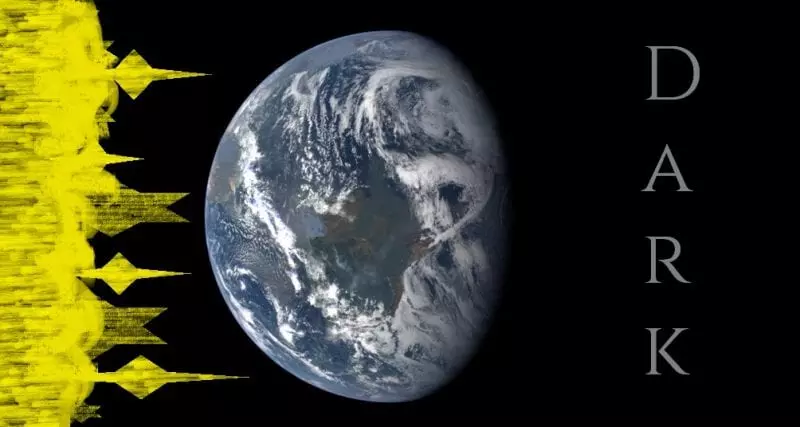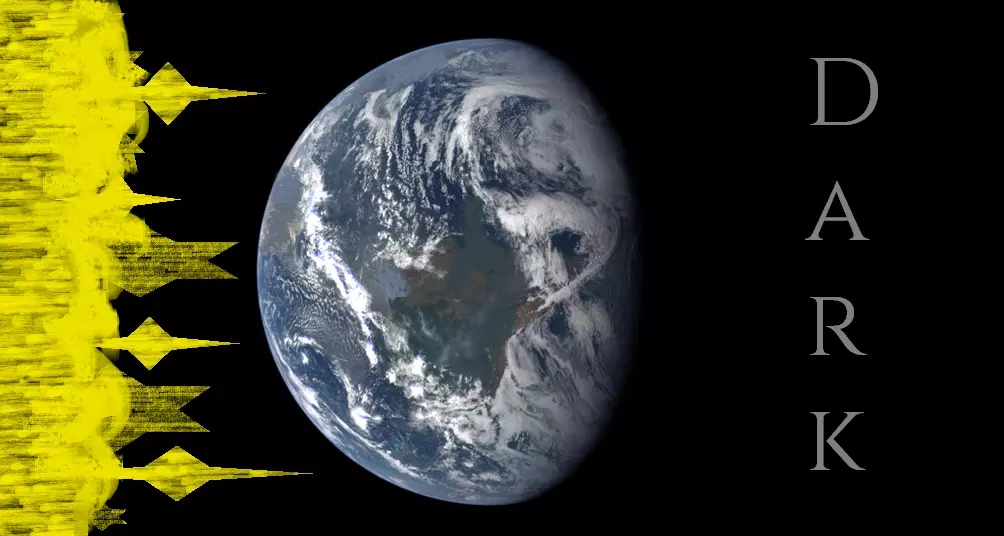“The first three days of creation week could not have been 24 hours because there was no sun! Without the sun you can’t have solar days.”
That’s what the critic claims as he seeks to find a contradiction in the plain meaning of the Biblical text in Genesis chapter one. However, the objection reveals a lack of knowledge of astronomy rather than a problem with the text.
Astronomically speaking…
What causes a day, how is a day measured and what are the different kinds of 24 hour days?
First, the process that causes the Biblical day on earth, starting and ending in evening at sundown, is the turning of the earth on its axis one full rotation. The solar days, which began on day four, are easy to mark since the setting of the sun marks the division between days. It seems that it’s those first three days without a sun to set that provides the confusion.
How can those days be marked off to designate 24 hours? Well, let’s look at the text and think astronomically. The text says, “And God said, Let there be light: and there was light. And God saw the light, that it was good: and God divided the light from the darkness.” Genesis 1:3-4
Note that “…God divided the light from the darkness.” That presents the following picture:

The light is separated off to the left from the darkness on the right according to the text. In the illustration above, I show the light separated from the darkness. Also note that the left hemisphere of the earth is illuminated and experiences day because it faces the light. The right hemisphere faces the darkness and experiences night. As the earth rotates it experiences the usual dark/light pattern of the 24 hour day as described in Genesis 1:5.
Now these first three days of creation week would be like our sidereal days because both are measured by the earth rotating 360 degrees on its axis. Thus, both our sidereal day and the first three days of creation week would be shorter than a solar day by about 4 minutes. The earth’s orbital motion around the sun causes the difference.
A sidereal day ignores the position of the sun, and there was no sun until the fourth day. However, both the present sidereal day and the first three days of creation week would be 24 sidereal hours long by definition.
 Sidereal time is a constant consideration in astronomy today. Telescopes need to be continually moved to compensate for the motion of the earth’s rotation. This is accomplished with a clock drive. The clock drive runs on sidereal time. If it ran on solar time, like our household electric clocks, the object would slowly drift in the field of view in the telescope eyepiece.
Sidereal time is a constant consideration in astronomy today. Telescopes need to be continually moved to compensate for the motion of the earth’s rotation. This is accomplished with a clock drive. The clock drive runs on sidereal time. If it ran on solar time, like our household electric clocks, the object would slowly drift in the field of view in the telescope eyepiece.
When a knowledge of basic astronomy is brought to bear on the objection noted above, and one reads the text carefully, seeking understanding, the difficulty evaporates. Once again, the Biblical text proves to be consistent.
Walter I. Sivertsen






